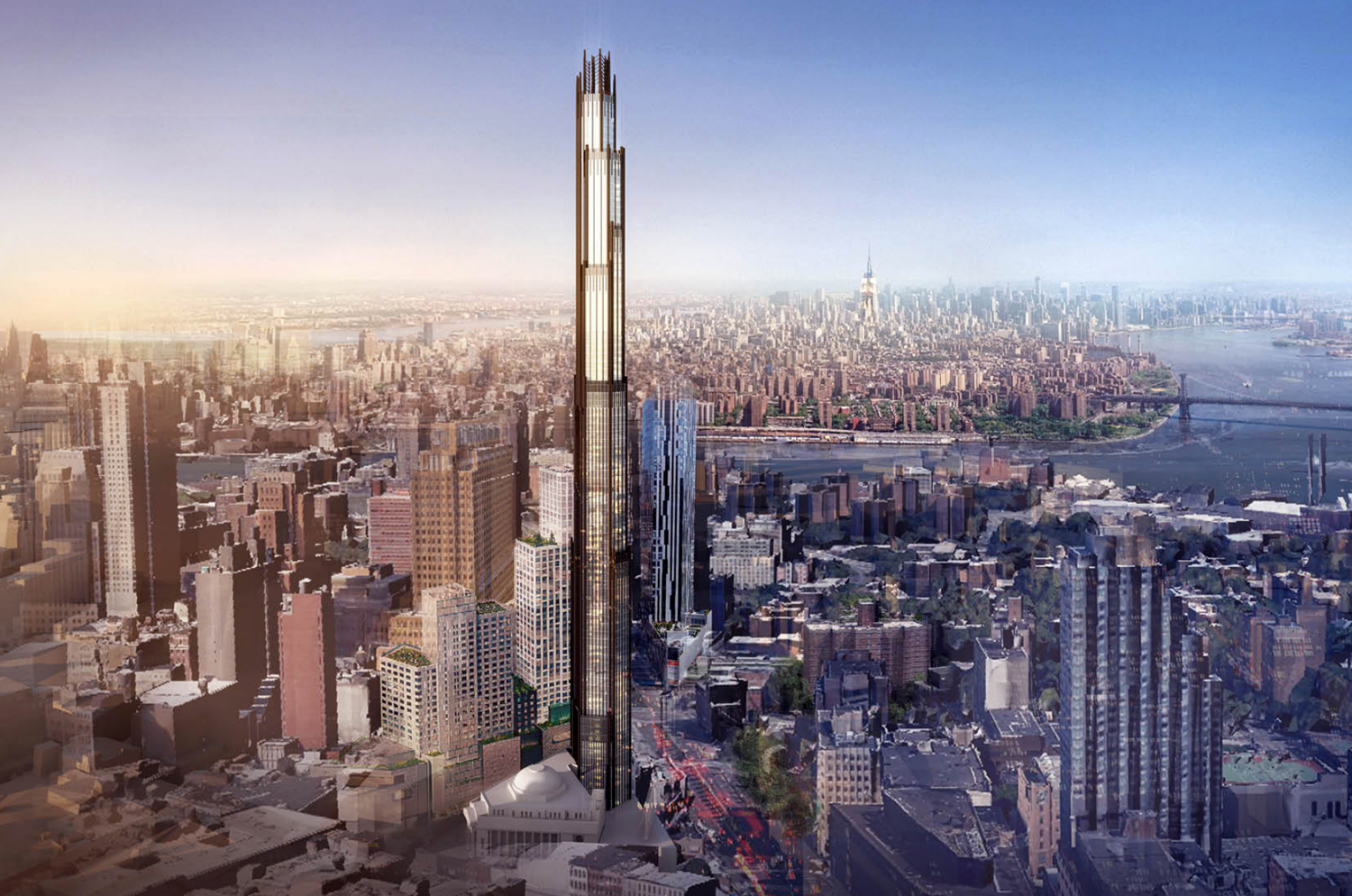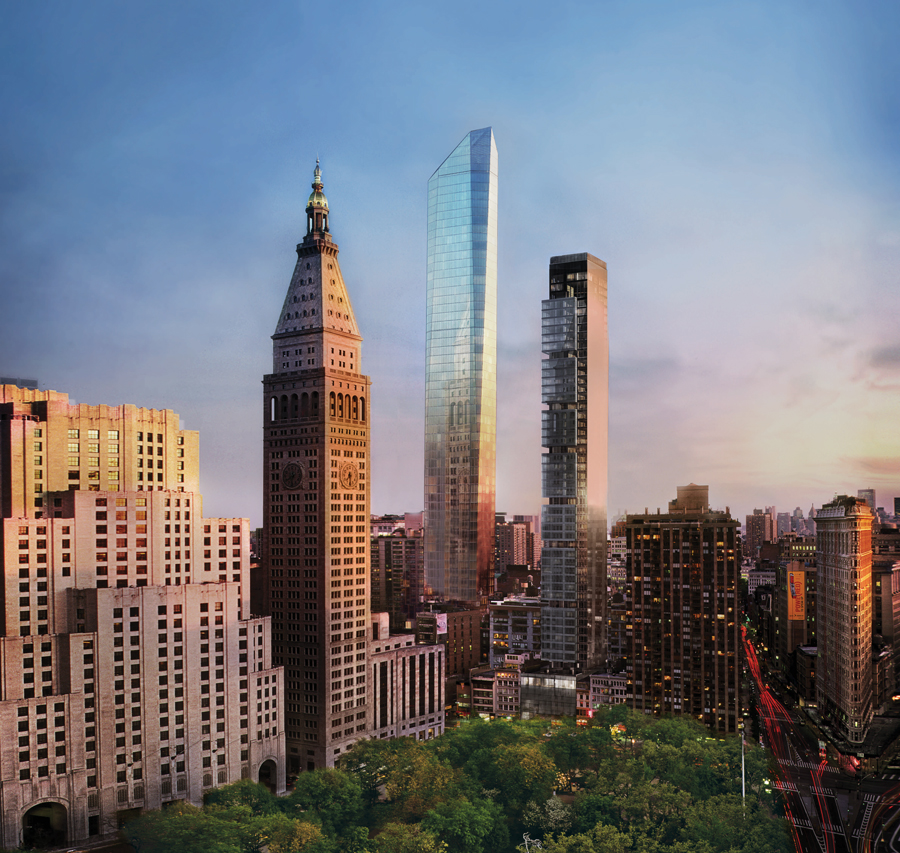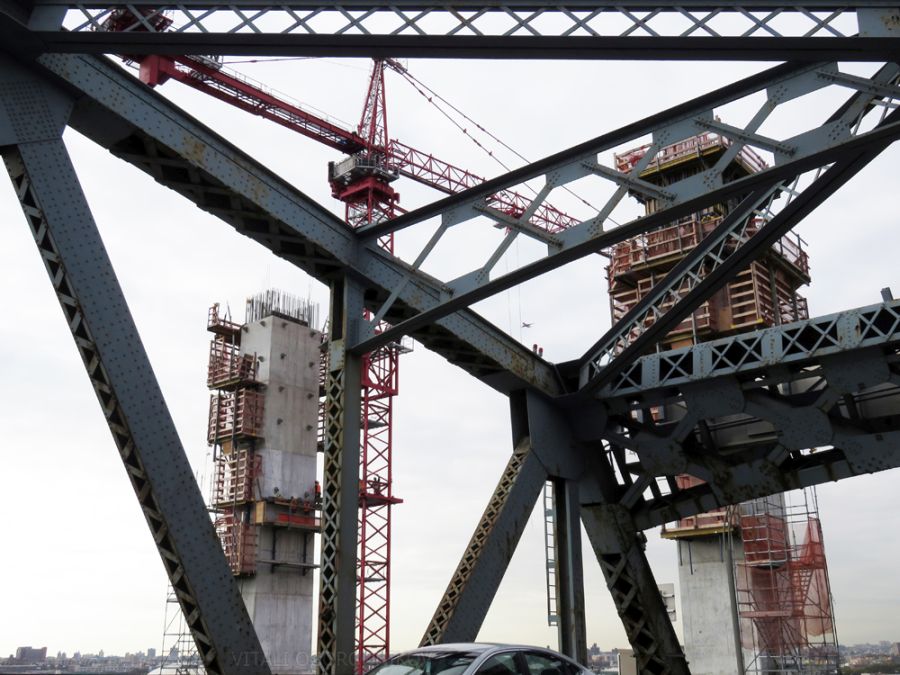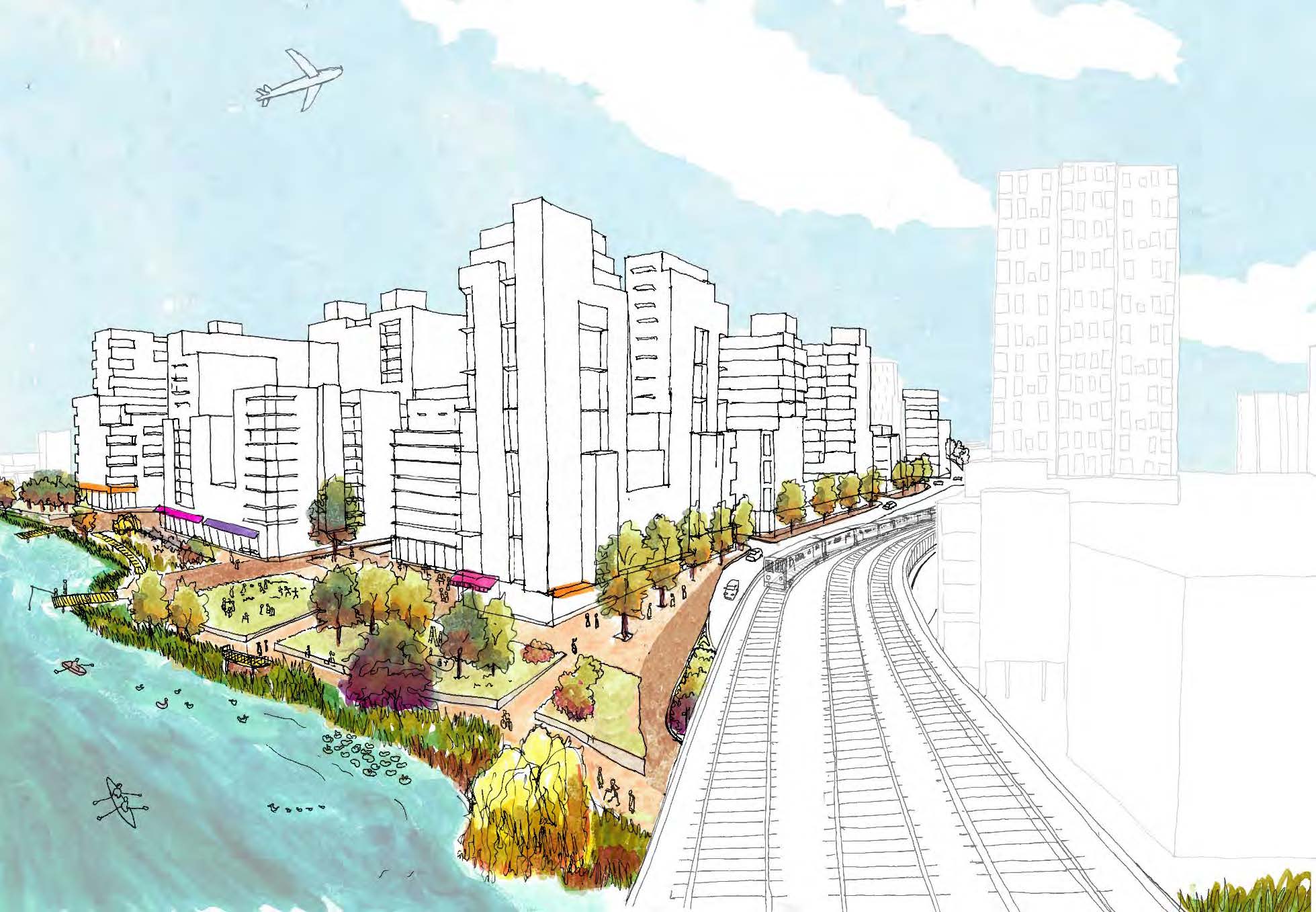The Future Of The Flower District Is Up In The Air As New Developments Grow On West 28th Street
The single-purpose commercial district is a staple of the city’s urban patchwork, whether it is the Diamond District at 47th Street and Fifth Avenue in Midtown, the Lighting District along the Bowery, or the former Radio Row in Lower Manhattan. Among these spaces, the Flower District in Midtown South is among the most unique. The concrete jungle meets the green jungle on sidewalks lined with rows of flowers and shrubbery. Yet while the District has been around for over a century, ongoing transformations are shaking its identity to the core.





